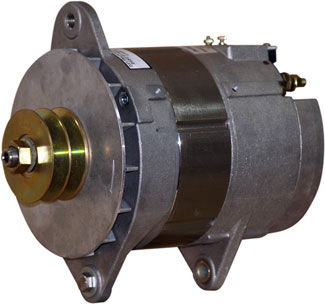- Joined
- Apr 15, 2008
- Messages
- 13,731
- Location
- California Delta
- Vessel Name
- FlyWright
- Vessel Make
- 1977 Marshall Californian 34 LRC
This is a very simple fix. Wire the alternator directly to the start batteries. Then connect the house bank to the start batteries with an automatic charging relay (ACR) sized to take the full alternator output. Problem solved. No fooling with switches. This setup will charge the start battery until its voltage goes above the ACR kick in voltage at which point the house batteries will be connected to the start batteries AND the alternator. When the engine is off the ACR will open and disconnect the start and house batteries. If you have two house banks, put a second ACR between the house banks. That way the alternator will charge all three banks. Simple, fool proof and cheap.
I partially agree but I'd wire the alternator directly to the house bank(s), then use the ACR to share the charge with the start battery. This way you won't overcook your start battery with high charge loads going through it to the house bank.
You can also add a toggle switch to defeat the combiner function if the start battery is full and the house is depleted and receiving a high rate of charge.
Last edited:

